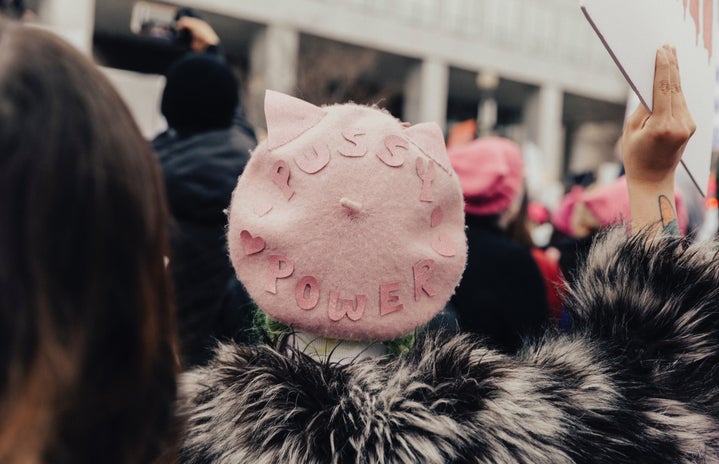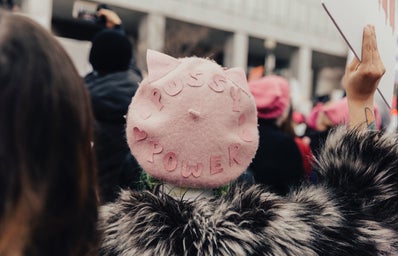On Saturday, Sept. 14, two oil refineries in Saudi Arabia’s Eastern Province were attacked by drones, causing large explosions and subsequent fires. The Houthis, a separatist rebel group in Yemen, claimed responsibility for the attack. The next day, US President Donald J. Trump reassured Saudi Crown Prince Mohammad bin Salman that the former’s country would help the latter’s fight any and all terrorism. Preliminary investigations found that the drones did not come from the South, where Saudi Arabia borders Yemen, but instead came from the North, where small strips of Iraq and Kuwait separate the Saudis from their longtime regional rival: Iran.
Iran and Saudi Arabia have had strained diplomatic relations for decades. In 1979, theocratic extremists in Iran overthrew the nation’s Western-backed monarchy, establishing an Islamic republic. Relations deteriorated after the new government labeled Saudi Arabia, a regional ally of the United Kingdom and the United States, as a Western puppet regime. Tensions between Iran and Saudi Arabia have not been helped by Iran’s emphasis on the two countries’ differing interpretations of Islam; while both powers’ governments are headed by ultraconservative Muslims, each is of a different Muslim sect. Iran is led by a Shi’a supreme leader. Saudi Arabia is led by a Sunni monarch.
There also exists a political rivalry between the two nations. As the region’s two most prominent powers, the two have competed for influence in the Middle East, prolonging a cold war. Both Iran and Saudi Arabia have sponsored “hot wars” in the region. One such example is Yemen’s civil war, where Houthi rebels, backed by Iran, are attempting to overthrow the Saudi-backed government of President Abdrabbuh M. Hadi. This political rivalry has also spilled over into the economic arena, as each country attempts to outdo the other in oil and gas production and exports.
The economic implications of the drone attacks were immediate. Half of Saudi Arabia’s oil exports were disrupted. Because the company owning the refineries (Saudi Aramco) has the world’s second-largest daily oil production, the price for a barrel of oil spiked nearly 20 percent. On the same day Trump called bin Salman, the administration decided to tap into the United States’ Strategic Petroleum Reserve, an emergency storage of oil, to soften the blow of Aramco’s decreased oil output.
Despite the economic and geopolitical rivalry between Iran and Saudi Arabia, the Saudis did not immediately place direct blame on Iran even though evidence suggested that the drones originated from the Saudis’ northern border. The US, however, did not hold back in trading military threats with Iran. Each taunted the other, saying that they were ready for war. Both Saudi Arabia and the US have reason to at least suspect that Iran sponsored the attacks, if not carried them out itself—but Iran has denied any involvement.
Without clear evidence that Iran is responsible, Saudi Arabia has been hesitant to escalate the war of words. The US has stated that it is waiting to see which course of action, if any, the Saudi government will pursue. The Saudis, in turn, are also hesitant to attack Iran without the guarantee of US support in a conventional war. The United States, having lost no American citizens in the attacks, has little real incentive to become directly involved in another war in the Middle East. Instead, US State Sec. Mike R. Pompeo has announced his country will attempt to build a coalition against Iran to… impose more sanctions? Attack? Some elusive third option? Not even Pompeo has the answer to that. On Friday, Sept. 20, US Defense Sec. Mark T. Esper announced more definitive action, citing Saudi and Emirati requests for additional American forces in the region. The US is expected to send hundreds of troops to Saudi Arabia, adding to the 500 already stationed there. President Trump also announced new sanctions on Iran’s national bank on Friday as the intelligence community became surer that the drones were not deployed from Yemen.


